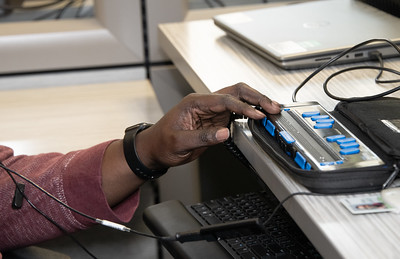Earlier this year, the Department of Justice published a final rule that revised Title II of the Americans with Disabilities Act (ADA). The new rules require states and local governments to make specific accessibility changes to their websites and mobile applications to accommodate users (and employees) with disabilities.
When an agency like the DOJ makes a final rule, they put a compliance date on it. This final rule’s compliance date is April 24, 2026. That means between now and April 2026, there will be a high demand for programmers who have specific knowledge of coding for accessibility.
According to Glassdoor, the current median pay for an accessibility programmer is $102,500 annually. A Web developer with accessibility skills is worth $91,600 in the current market. These positions are in high demand, and they will continue to be sought-after by employers for some time. The reason for that is simple; after the DOJ addresses the shortcomings of government websites and applications, many observers believe that it will extend these or similar rules to larger private businesses.
Even if the DOJ doesn’t take the ruling that far, private businesses will still want programmers who have specific experience (and certification) with programming for accessible devices. First, it makes sense to make your websites, mobile applications, and web-based software as easy to use as possible for as many people as possible. Second, accessibility opens up the range of prospective employees. Many people with disabilities are unemployed or underemployed because they cannot find accessible work.
The value of these programmers should drive community colleges to offer training and certification in accessible programing. This is one area in which a certification would increase the income and employability of the existing workforce. It would also make new programmers more employable.
Accessibility certification will be a high-demand credential
This is an ideal opportunity for community colleges to draw in people who want (or need) this type of training. Currently, there are a handful of educational members of the International Association of Accessibility Professionals (IAAP), the primary accrediting body. Among this handful of higher education institutions are a few community colleges.
Certified accessibility professionals will be in high demand for quite a while. This is a “ground floor” opportunity for community colleges that are savvy enough to act on this. This is one of those high-wage, high-demand jobs I keep mentioning. Not only is it good for the students in terms of employability, it’s also good for the college in terms of complying with the Gainful Employment rules, and it’s good for disabled workers who have waited for nearly 35 years for truly accessible workplaces.
Photo Credit: Travis AFB , via Flickr













